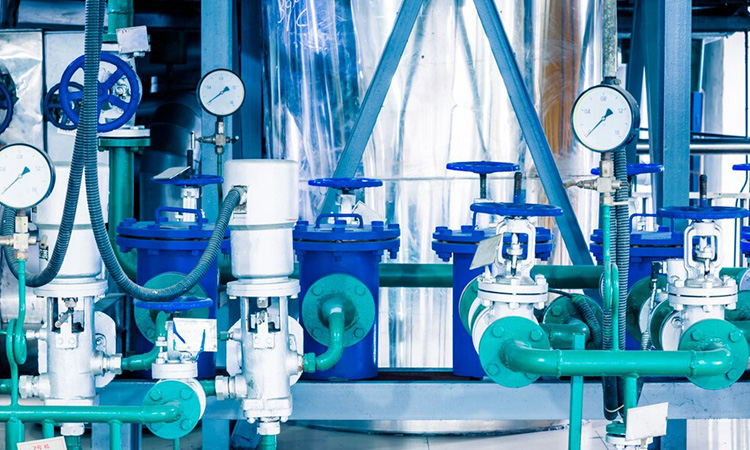When it comes to greenhouse gases and their impact on climate change, carbon dioxide often dominates the conversation. However, there’s a group of lesser-known but highly potent greenhouse gases that also deserve attention: fluorinated gases. These gases, although present in smaller quantities in the atmosphere, pack a powerful punch in terms of their global warming potential.
What are Fluorinated Gases?
Fluorinated gases are a family of man-made gases used in a variety of industrial applications. They include hydrofluorocarbons (HFCs), perfluorocarbons (PFCs), sulfur hexafluoride (SF6), and nitrogen trifluoride (NF3). These gases are typically used in air conditioning, refrigeration, electronics manufacturing, and as solvents, blowing agents, and fire retardants.
The Impact on Climate Change
The concern with fluorinated gases arises from their high global warming potential. For instance, HFCs and PFCs can be thousands of times more effective at trapping heat in the atmosphere than carbon dioxide. SF6, used in the electrical industry, is one of the most potent greenhouse gases, with a global warming potential over 23,000 times greater than CO2.
These gases also have a long atmospheric lifetime, meaning once released, they can remain in the atmosphere for decades to centuries, continually contributing to global warming.
Sources of Fluorinated Gas Emissions
The primary sources of fluorinated gases are industrial processes. For example, HFCs are often used as replacements for chlorofluorocarbons (CFCs) in air conditioning and refrigeration systems. PFCs are typically released during the production of aluminum and semiconductors, while SF6 is used in the electrical industry as an insulating material.
Addressing the Challenge
The reduction of fluorinated gas emissions is a critical part of fighting climate change. Efforts to manage these emissions include:
- Finding Alternatives: Developing alternative chemicals and technologies that have lower global warming potentials.
- Leak Prevention: Improving industrial processes to prevent leaks of these gases.
- Recycling and Recovery: Implementing practices to capture and recycle these gases at the end of their life.
International Efforts
Globally, steps are being taken to reduce the use of fluorinated gases. The Kigali Amendment to the Montreal Protocol, an international treaty, aims to phase down the production and consumption of HFCs. This action could significantly reduce global warming by the end of the century.
Fluorinated gases, though less discussed, are critical in the context of global climate change. Their high global warming potential means that even small quantities can have a significant impact on our planet’s temperature. By understanding these gases and taking steps to reduce their emissions, we can make further progress in the global effort to mitigate climate change.
Next On Your Reading List:


